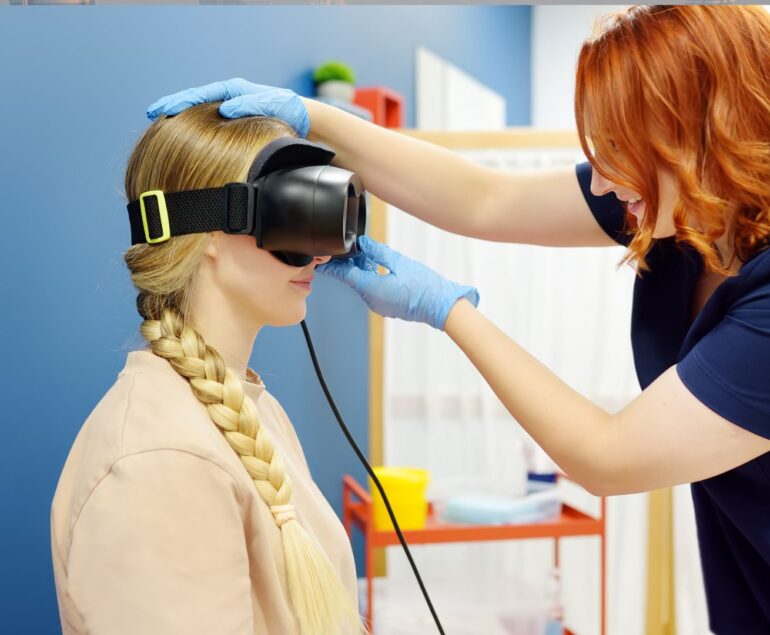Earwax, medically known as cerumen, plays a vital role in maintaining ear health despite its reputation for inconvenience. As an ENT surgeon with years of experience, I understand the misconceptions and challenges individuals face regarding earwax management. Let’s delve into the dos and don’ts of managing earwax to ensure optimal ear health.
Introduction to Earwax Management
Importance of Earwax
Earwax serves as a natural barrier, shielding the delicate inner ear from dust, debris, and infections. It lubricates and cleanses the ear canal, preventing dryness and irritation.
Common Misconceptions
Contrary to popular belief, earwax isn’t a sign of poor hygiene. In fact, it signifies a healthy self-cleaning mechanism of the ear. However, excessive build-up can lead to discomfort and impaired hearing.
Understanding Earwax Build-up
What Causes Excessive Earwax?
Factors such as genetics, certain health conditions, and the improper use of ear-cleaning tools contribute to an accumulation of earwax.
Symptoms of Earwax Build-up
Experiencing earaches, partial hearing loss, ringing in the ears (tinnitus), or a feeling of fullness in the ear can signal excessive earwax.
The Do’s of Earwax Management
Safe and Effective Cleaning Methods
Gentle cleaning using a washcloth during a shower or a soft cloth to wipe the outer ear helps maintain cleanliness without pushing wax deeper into the canal.
Home Remedies for Earwax Removal
Using saline solution, hydrogen peroxide, or over-the-counter ear drops can aid in softening and loosening earwax, facilitating its natural expulsion.
The Don’ts of Earwax Management
Practices to Avoid
Inserting cotton swabs, bobby pins, or any foreign object into the ear canal can push wax deeper or cause damage to the delicate ear structures.
Risks of Improper Cleaning
Improper techniques for earwax removal can lead to ear infections, perforated eardrums, or impacted wax.
When to Seek Professional Help
Signs Indicating the Need for Medical Intervention
Persistent symptoms or sudden changes in hearing despite home remedies warrant evaluation by an ENT specialist.
Role of an ENT Specialist
ENT professionals utilize specialized tools and techniques to safely remove excessive earwax without causing harm.
Professional Treatment Options
Procedures for Earwax Removal by a Doctor
ENT specialists perform ear irrigation, suction, or use specialized instruments to safely remove stubborn earwax.
Precautions During Medical Interventions
Ensuring a sterile environment and precise handling of instruments minimizes the risk of complications during professional interventions.
Preventive Measures for Earwax Build-up
Lifestyle Changes to Reduce Earwax Accumulation
Avoiding exposure to excessive dust, regularly cleaning hearing aids, and maintaining a balanced diet aid in reducing earwax production.
Regular Maintenance and Care
Routine check-ups with an ENT specialist ensure timely removal of excess wax, maintaining optimal ear health.
The Impact of Earwax on Hearing
Relationship Between Earwax and Hearing Loss
Accumulated earwax can obstruct sound waves, leading to temporary hearing loss or discomfort.
Effects of Untreated Build-up on Hearing
Ignoring excessive earwax can result in permanent hearing damage or infections due to moisture trapped in the ear canal.
Myths and Facts About Earwax
Dispelling Common Misconceptions
Contrary to myths, inserting objects into the ear can worsen the situation and impact ear health negatively.
Clarifying Facts with Scientific Evidence
Evidence-based information helps in understanding the significance of earwax without falling for misconceptions.
Caring for Sensitive Ears
Earwax Management for Sensitive Individuals
Individuals with sensitive ears require extra caution and may benefit from specialized ear care routines.
Cautionary Practices for Sensitive Ears
Avoiding exposure to loud noises and using ear protection aids in maintaining ear health for sensitive individuals.
Innovations in Earwax Management
Advancements in Ear Care Technology
Innovative tools and procedures provide safer and more efficient methods for earwax removal.
Emerging Trends in Earwax Removal
From gentle suction devices to earwax dissolving agents, advancements cater to various ear care needs.
Maintaining Ear Health
Importance of Regular Check-ups
Periodic visits to an ENT specialist ensure timely detection and management of earwax issues.
Healthy Habits for Ear Hygiene
Adopting good ear hygiene practices, including proper cleaning techniques, promotes long-term ear health.
Educational Campaigns and Resources
Promoting Ear Health Awareness
Awareness programs and online resources educate individuals on proper ear care practices.
Accessible Resources for Ear Care
Availability of informative materials empowers individuals to make informed decisions regarding ear health.
The Psychological Impact of Earwax Issues
Addressing Anxiety and Discomfort
Earwax-related discomfort may cause anxiety; offering support and information can alleviate concerns.
Psychological Support for Affected Individuals
Acknowledging the emotional aspect of ear health issues and providing empathetic support is crucial.
Conclusion
In conclusion, managing earwax involves a balance between safe practices, professional guidance, and regular care. By following the do’s and avoiding the don’ts, individuals can maintain optimal ear health and prevent complications.
FAQs
1. Is earwax removal necessary?
Yes, excessive earwax can cause discomfort and hearing issues, warranting removal.
2. Are cotton swabs safe for ear cleaning?
No, cotton swabs can push wax deeper and cause damage. Avoid using them for ear cleaning.
3. Can earwax cause hearing loss?
Yes, accumulated earwax can obstruct sound waves, leading to temporary or permanent hearing loss.
4. How often should one clean their ears?
Gently clean the outer ear regularly. Seek professional help if experiencing symptoms of excessive earwax.
5. Are there home remedies for earwax removal?
Yes, using saline solution or over-the-counter ear drops can aid in softening and removing earwax.
About Author:
Dr. Vivek Kumar Pathak: Renowned ENT Surgeon, Senior Professor, and Founder.
Dr. Pathak, ENT surgeon at Kailash Hospital, Senior ENT Professor at Sharda University, and founder of Entegrity Care, brings expertise and innovation to healthcare. Discover the visionary behind Doxtreat Healthcare, shaping the future of ENT care.
Website www.drvivekpathak.com
Call +917838450942
WhatsApp +91 78384 50942
Book an appointment with Dr. Vivek kumar Pathak by filling the form.


